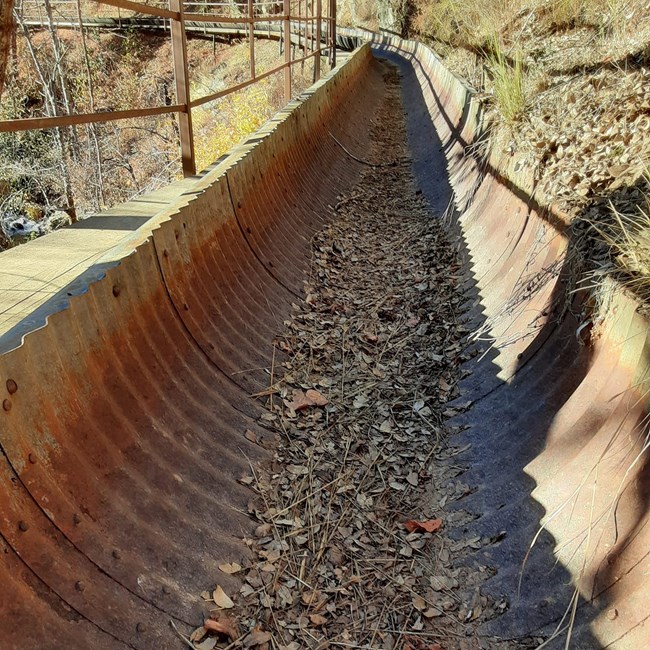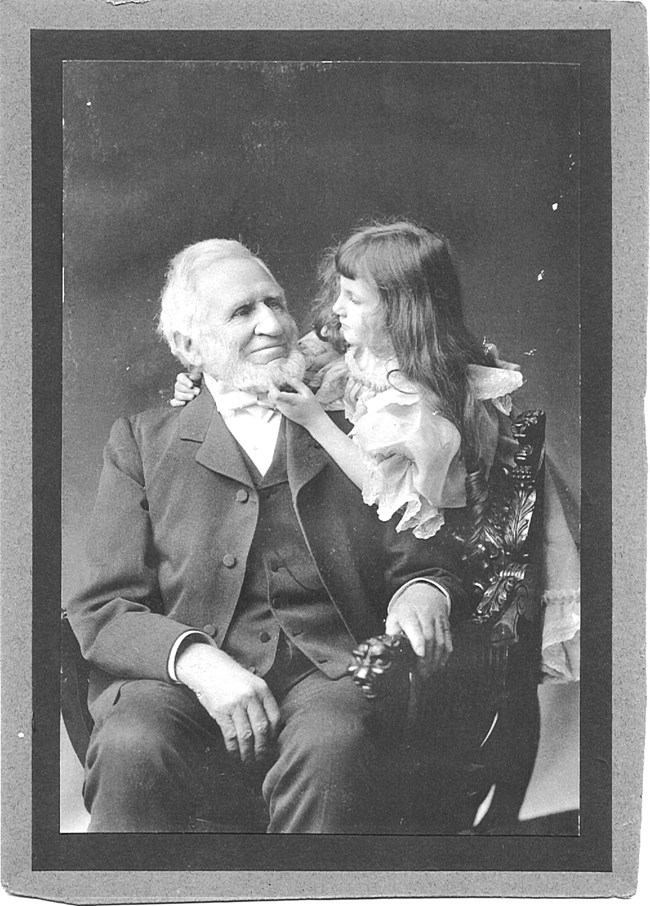
Difficulty LevelEasy, Flat. Length1 mile one way Elevation1,400 to 1,420 feet. The Carr Fire burned through 97% of the park’s forested lands in the summer of 2018. Be aware of hazards created by the fire, including falling trees and limbs, burned out stump holes, abandoned mine features, and loose rocks.Watch the weather and do not hike if rain is forecast. Rainstorms present the possibility of flash flooding, landslides and debris flows in the fire area. Stay on established roads and trails and report hazards to park dispatch, (530) 242-3431. From Highway 299, turn onto Crystal Creek Road. Follow the road just 100 meters up to the first gravel pullout on the left. This is the trailhead for Crystal Creek Water Ditch Trail. Be sure and lock your vehicle and take your valuables with you. Please display your entrance pass on your dashboard. Trail DescriptionFrom the trailhead, take the short stairway down to the water ditch. The trail is flat and parallels this historic water ditch the entire rest of the way. 
Historical Background“Between 1855 and 1858 I made the upper ditch from Crystal Creek down to the Tower house…” wrote Charles Camden in his autobiography written in 1900. Then, as now, water was a precious resource in a land where generally no rain falls from June through October. Camden claimed water rights to Crystal Creek and Mill Creek. He hired laborers to construct ditches to supply water to his sawmill on Mill Creek and to his scattered mining claims nearby. Originally, the retaining walls, trestle and flume were made of timber, presumably milled at the sawmill, which was operating by 1853. Water is introduced into the ditch by means of a concrete diversion dam and intake across Crystal Creek, which you find at the end of the trail. The dam pooled water to an elevation where it spilled into the ditch inlet through a concrete gate structure. A wooden baffle could be raised or lowered in the slots for controlling the flow rate. Some 50 feet downstream of the inlet, the ditch widens into an elongated settling basin. The increased cross-sectional area decreased the velocity and allows silt, sand and small pebbles to settle. Farther on is a concrete sluice. The float at the end acted as a flow controller and diverted excess water through the overflow and back into Crystal Creek. The sluice discharged into a short tunnel carved through the steep stone hillside, a testament to the determination of the ditch makers. The final engineering element represents a hydropower generator. The concrete structure provided a housing for an undershot water wheel and water flow control. The power was transported to the French Gulch area to support mining operations in the 1930s and 40s. |
Last updated: March 8, 2024
